We humans like to be proud of our longevity (and it's getting longer all the time), but the surprising fact is that when it comes to longevity, Homo sapiens have no advantage at all compared to other members of the animal kingdom, including sharks, whales , and clams. Even axolotls are no exception. In this article, we will reveal the 11 longest-lived members of different animal families, in order of increasing life expectancy.
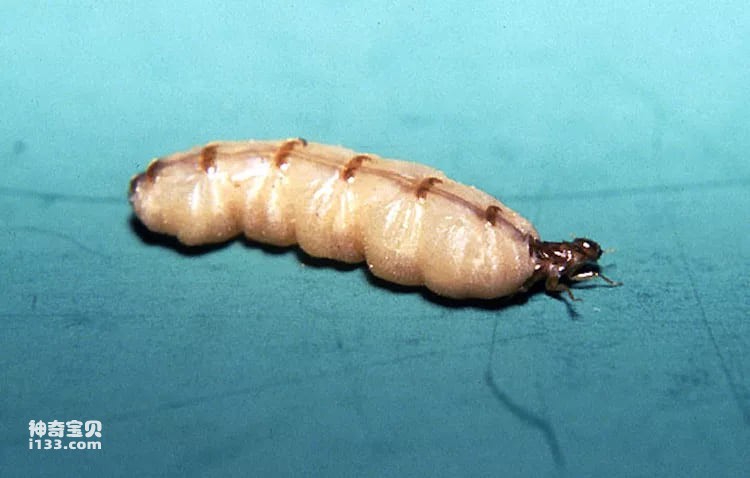
1. The longest-lived insect: Queen Termite (50 years)
termite queen
People generally think that insects only live a few days, or at most a few weeks, but termites live longer than you think, and termite colonies are ruled by a king and queen. After being fertilized by a male, the queen gradually increases her egg production, from an initial few dozen, to levels approaching 25,000 per day (although not all of these eggs will mature, otherwise we would all be inundated with termites!) In the absence of When harassed by predators, termite queens are known to live up to 50 years, and termite kings (who spend most of their lives holed up in their burrows with their prolific mates) live relatively long as well. As for the common termites that form the core of the colony, they live only one to two years at most.
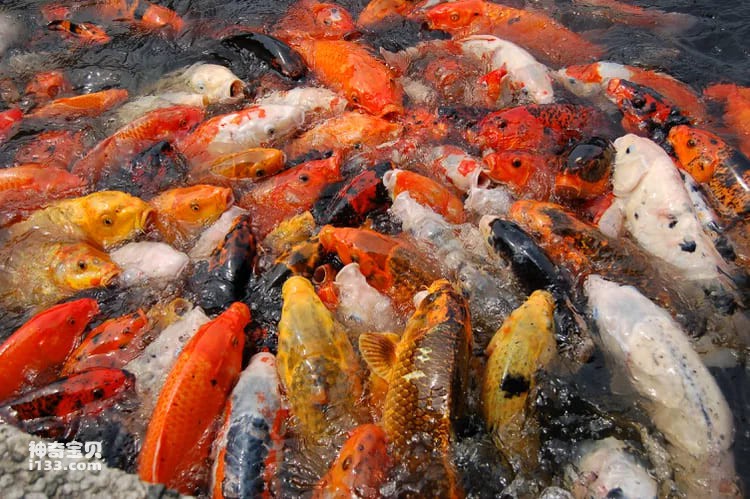
2. The longest-lived fish: Koi (50 years old)
Koi
In the wild, fish rarely live more than a few years, and even well-cared-for goldfish are lucky to live up to ten years. But few fish in the world are more gentle than koi, a type of domestic carp that inhabits the "koi ponds" popular in Japan and other parts of the world, including the United States. Like their carp cousins, koi can tolerate a wide variety of conditions. However, due to environmental constraints (especially given their bright colors and humans constantly modifying them), they are not particularly well equipped to defend themselves against predators. Some individual koi are said to live for more than 200 years, but the most widely accepted estimate among scientists is 50 years, which is still a lot longer than the average fish in a tank.
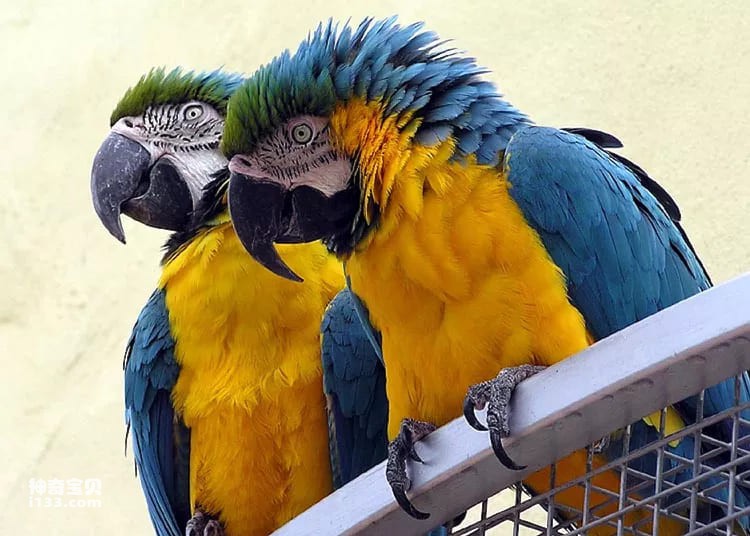
3. The longest-lived bird: Macaw (100 years old)
macaw blue parrot
In many ways, macaws bear a striking resemblance to suburban America in the 1950s: These colorful parrot relatives mate only once in their lives; the female incubates the eggs (and cares for the young) while the male forages for food. ; Their lifespan is similar to humans, surviving 60 years in the wild and 100 years in captivity. Ironically, despite macaws' unusually long lifespans, many species are at risk of extinction due to their demand as pets and the destruction of their rainforest habitats. The longevity of macaws, parrots, and other members of the parrot family raises an interesting question: Birds descended from dinosaurs, and we know that many dinosaurs were small and had colorful feathers, so it's possible that some of the smaller representatives of birds evolved into dinosaurs ? The ancient reptile family has lived for millions of years. Do birds also have such longevity?
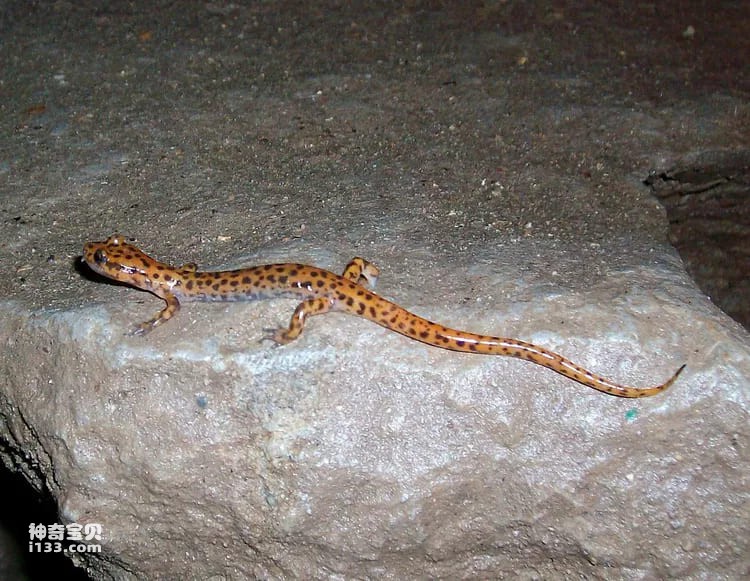
4. The longest-lived amphibian: cave salamander (100 years old)
cave salamander
If you needed to make a list of animals that regularly live to be hundreds of years old, the blind salamander (Proteus anguinus) would probably be the last one on your list: a fragile, eyeless, cave-dwelling, six-inch How could such a long amphibian survive in the wild for more than a few weeks? Naturalists attribute the longevity of P. anguinus to its unusually slow metabolism—the salamander takes 15 years to mature, mates and lays eggs about every 12 years, and rarely moves (especially when there is plenty of food). Down). What's more, the moist caves of southern Europe where this salamander lives have few predators, allowing P. anguinus to survive in the wild for more than 100 years. (The Japanese giant salamander, the second-longest-lived amphibian on record, rarely lives past half a century.)

5. The longest-lived primate: humans (100 years old)
An elderly Somali woman
The fact that humans are reaching the centenarian mark so frequently—at any given time, there are about 500,000 centenarians in the world—has become such an amazing advancement that it's easy to overlook the fact. Thousands of years ago, lucky Homo sapiens were considered "elderly" if they lived into their twenties or thirties, but until around the 18th century, the average life span rarely exceeded 50 years. (The main culprits are high infant mortality and susceptibility to fatal diseases; indeed, at any stage in human history, if you somehow managed to survive early childhood and adolescence, you lived to be 50, 60 The odds are much higher at age 70 or even 70.) To what can we attribute this astonishing increase in lifespan? Well, in general, it's down to civilization - especially hygiene, medicine, nutrition, and cooperation (in the Ice Age, human tribes might have left their elders to starve in the cold; whereas today, we make special efforts to care for our 80+ and elderly people in their 90s).
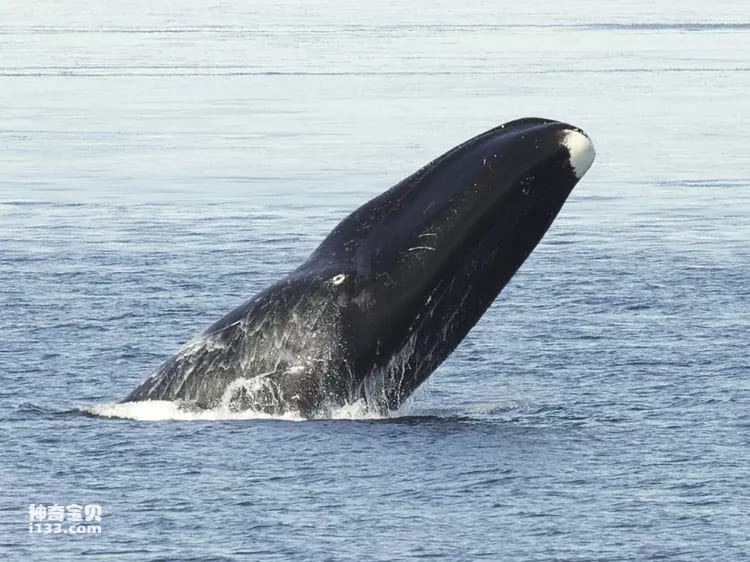
6. The longest-lived mammal: Bowhead whale (200 years old)
bowhead whale
In general, large mammals tend to live relatively long lives, but even by that standard, bowhead whales are an exception: Adult lifespans for these hundred-ton cetaceans often exceed 200 years. Recently, an analysis of whale genomes shed light on the mystery: It turns out that bowhead whales possess unique genes that help with DNA repair and resistance to mutations (and thus cancer). Since B. mysticetus lives in arctic and subarctic waters, its relatively slow metabolism may also be related to its longevity. Today, about 25,000 bowhead whales live in the Northern Hemisphere, a population that has seen a healthy rebound since 1966, when the international community took drastic measures to stop whalers.
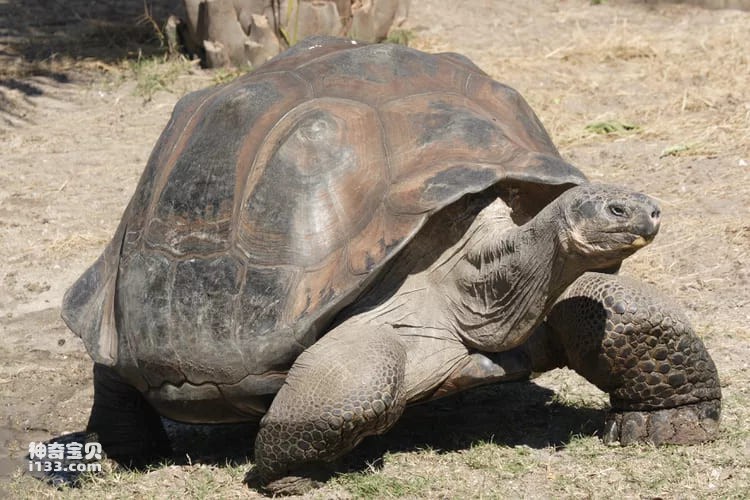
7. The longest-lived reptile: giant tortoise (300 years old)
Giant turtle
The giant tortoises of the Galapagos and Seychelles are classic examples of "island gigantism," a condition in which animals grow to unusually large sizes when confined to island habitats, protected from predators. The lifespans of these turtles perfectly match their weight of 500 to 1,000 pounds: Giant turtles in captivity have been known to live well over 200 years, and there's good reason to believe that wild turtles often live up to 300 years. Like some of the other animals on this list, the reasons for giant tortoises' longevity are self-explanatory: These reptiles move extremely slowly, their basal metabolism is extremely low, and their life stages tend to be relatively long. (Aldabra giant tortoises, for example, take 30 years to reach sexual maturity, about twice as long as humans).
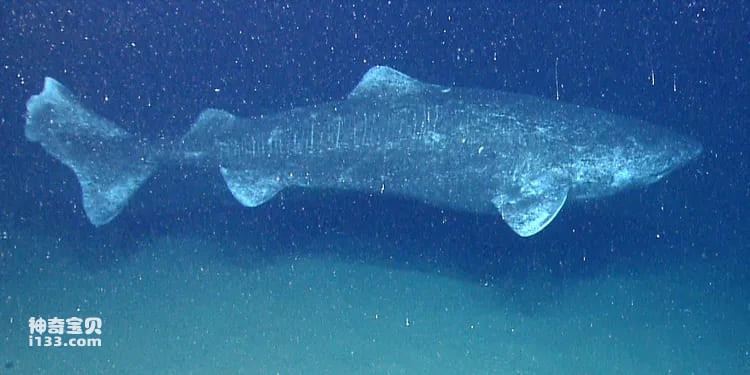
8. The longest lived shark: Greenland shark (400 years old)
greenland shark
If there were any fairness in the world, the Greenland shark (microcephalic shark) would probably be as famous as the great white shark: It's just as big as the great white shark (some adults exceed 2,000 pounds), and it's even more unique because of its Arctic habitat. different. You could even argue that the Greenland shark is as dangerous as the star of "Jaws," but in a different way: A hungry great white will bite you in half, while the smallhead shark's flesh is rich in trimethylamine N-oxide, a chemicals that are toxic to humans. Still, what's most noteworthy about the Greenland shark is its 400-year lifespan, which can be attributed to its subfreezing environment, relatively low metabolism, and the protection provided by methylated compounds in its muscles. Surprisingly, this shark does not reach sexual maturity until it is a hundred years old, a stage by which most other vertebrates are no longer sexually active or have long since died.
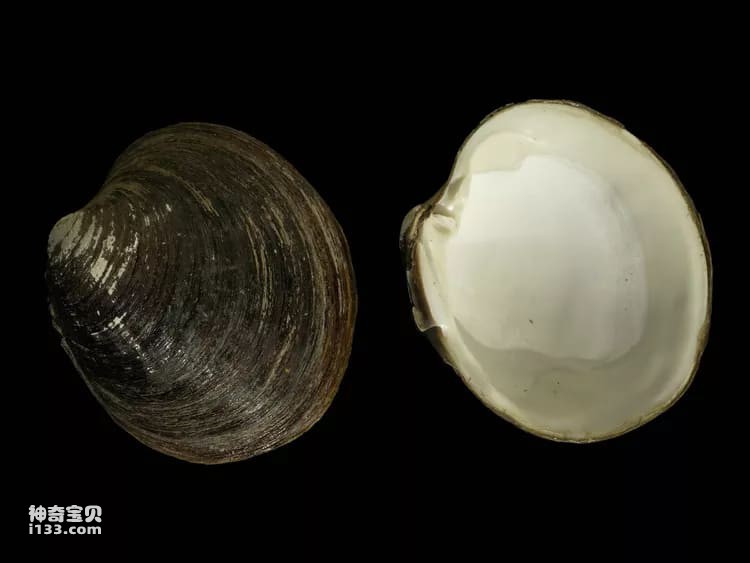
9. The longest lived mollusc: Ocean quail (500 years old)
Ocean clam
A 500-year-old mollusk sounds like a joke: How do you know if the clam in your hand is alive or dead, considering that most clams barely move? However, there are some scientists who study this kind of thing for a living, and they have determined that ocean tumblers (Arctica islandica) can actually survive for centuries, as demonstrated by one individual that passed the 500-year-old mark (you can determine that by calculating growth rings in shells to determine the age of molluscs).
Ironically, clams are also a popular food in some parts of the world, meaning most people will never get to celebrate their 500th birthday. Biologists have yet to figure out why island kelp is so long-lived. One clue may be its relatively stable levels of antioxidants, which prevent the cellular damage that causes most signs of aging in animals.
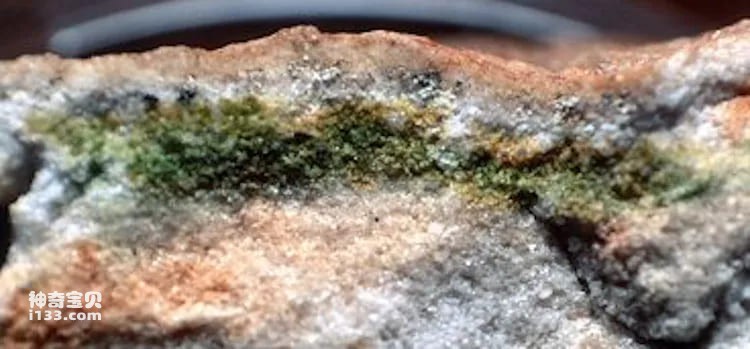
10. The longest-lived microorganism: endolith (10,000 years)
Endolithic lifeforms found in Antarctic rocks
The term endolith refers to bacteria, fungi, amoebas, or algae that live in cracks in rocks deep underground. Studies have shown that individuals in some of these groups undergo cell division only once every hundred years, giving them lifespans of up to 10,000 years. Technically, this is not the same as the ability of some microorganisms to resurrect from stasis or deep freeze after tens of thousands of years; in a meaningful sense, these endoliths continue to be "alive" even though they are not very active. Perhaps most importantly, endoliths are autotrophic, meaning they fuel their metabolism not with oxygen or sunlight, but with inorganic chemicals that are nearly inexhaustible in their underground habitats Inexhaustible.
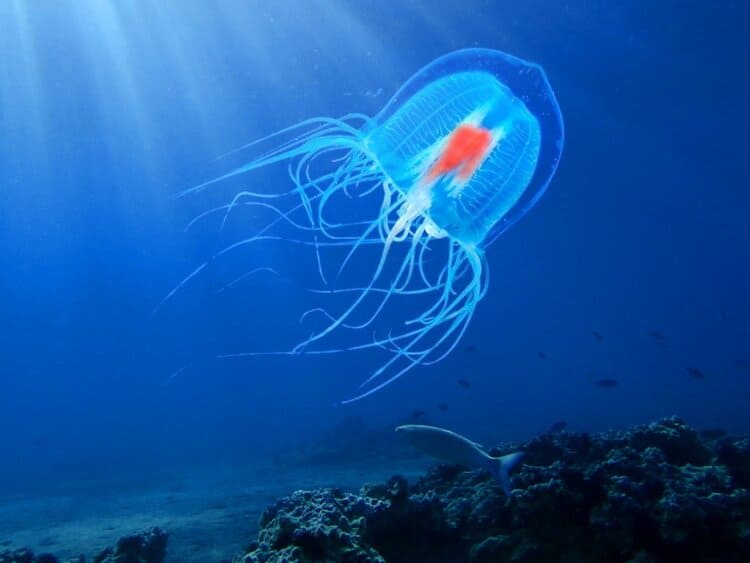
11. The longest-lived invertebrate: Lighthouse jellyfish (possibly immortal)
lighthouse jellyfish
The average age of jellyfish is difficult to determine because these invertebrates are so fragile that they are not suitable for in-depth analysis in the laboratory. However, a list of the longest-lived animals would not be complete without mentioning the jellyfish, a jellyfish that is capable of reverting to a juvenile polyp stage after sexual maturity, giving it the potential to live forever. However, it is almost unthinkable that any individual jellyfish could survive for millions of years. Just because you're biologically "immortal" doesn't mean you can't be eaten by other animals or succumb to drastic changes in your environment. It's also ironic that it's nearly impossible to breed immortal jellyfish in captivity, a feat that has so far only been accomplished by one scientist working in Japan.
animal tags:
We created this article in conjunction with AI technology, then made sure it was fact-checked and edited by a Animals Top editor.